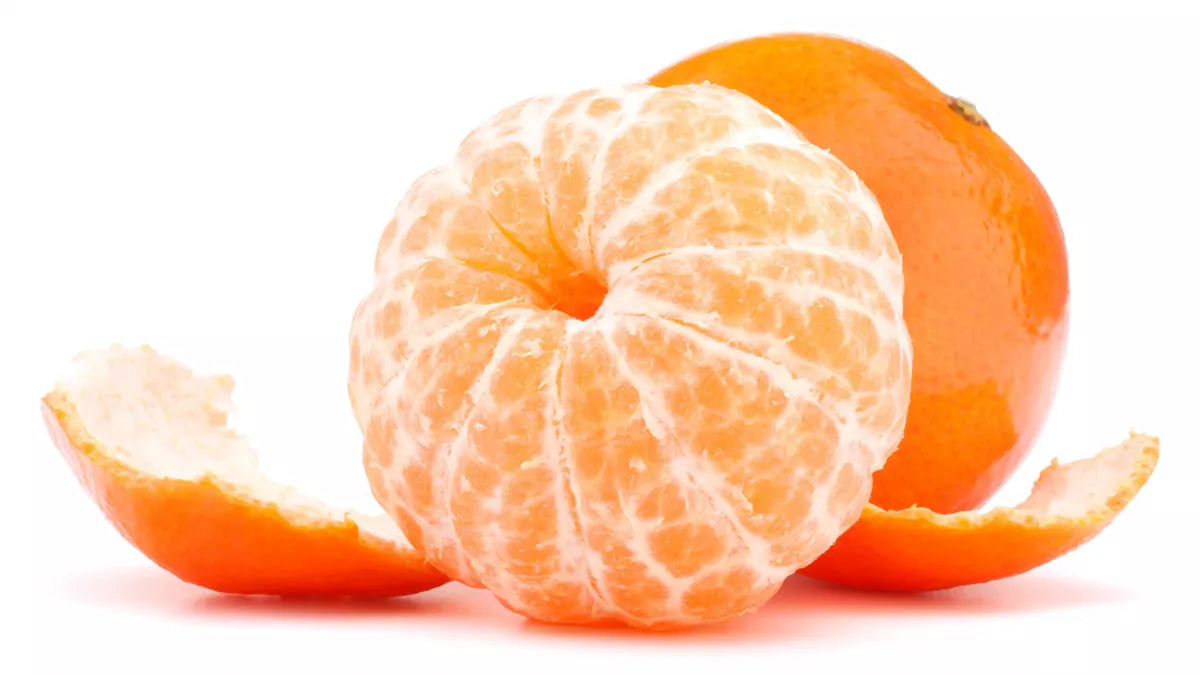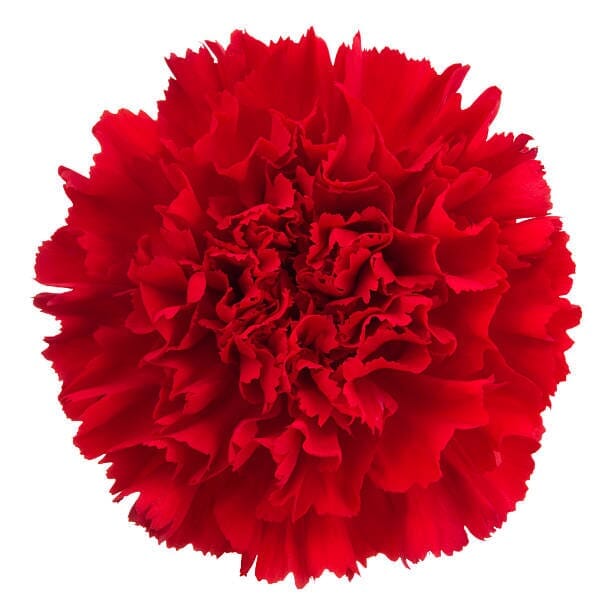In the beginning…
The history of lemongrass is as old as that of the first civilizations. Native to Asia, specifically India , Malaysia , and Sri Lanka , lemongrass has been used for thousands of years for its medicinal and aromatic properties. Ancient texts of traditional Indian and Chinese medicine mention its use for a variety of ailments.
Lemongrass began to make its way to the West in the 17th century, during colonial-era trade. Its ability to scent and repel insects made it popular in Europe, and it was used in perfumes, soaps, and lotions. Today, lemongrass remains a staple scent in home fragrances.
Growing lemongrass
Although lemongrass is native to Asia, it is cultivated in many parts of the world due to its resilience and growing demand. The main producers of lemongrass are India, Sri Lanka, Indonesia, Malaysia, Brazil, Guatemala, and other tropical and subtropical countries. The warm, humid climate of these regions is particularly conducive to the growth of this plant.
Growing lemongrass is fairly simple, due to its natural hardiness. The plant prefers well-drained soil in full sun and can tolerate some drought. It is usually planted in spring and harvested in early fall, when the stems and leaves are richest in essential oils.
What do you know about lemongrass in perfumery?
The process of transforming lemongrass into perfumery involves extracting the plant's essential oils through distillation. The stems and leaves of lemongrass are typically steam distilled to extract the oil, which is then cooled and collected. This essential oil is the main ingredient used in perfumery to achieve lemongrass's distinctive aroma.
Lemongrass belongs to the citrus family of fragrances . These fragrances are often characterized by fresh, sparkling, and invigorating notes, typical of citrus fruits such as lemon, orange, bergamot, and of course, lemongrass.
Lemongrass has a very distinctive scent profile . Its fragrance is often described as fresh, lemony, and rosy. It also has a sweet, herbaceous note that evokes a feeling of cleanliness and revitalization. This penetrating and persistent scent is often associated with freshness and energy, and is particularly valued for its ability to repel insects.
In perfumery, lemongrass blends well with many other ingredients to create complex and alluring accords . It is often combined with other citrus fruits to enhance the freshness of the fragrance. It also blends well with floral notes like jasmine, rose, and lavender to create a balanced scent. Additionally, lemongrass can be combined with woody notes like sandalwood and cedar, which add depth and warmth to the fragrance. It can also be found in scented candles.
Famous perfumes with lemongrass
• For Monsieur de Chanel :
Launched in 1955, Pour Monsieur is Chanel 's first men's fragrance, and it remains one of the classic references in men's perfumery. It is a chypre fragrance that opens with citrus notes of lemongrass, neroli, and cardamom. The heart reveals a blend of coriander, basil, and ginger, resting on a base of oakmoss and vetiver. The fragrance is elegant, refined, and timeless, perfectly reflecting the aesthetic of the house of Chanel . It is often associated with a classic and sophisticated vision of masculinity.
• 07.2 MORNING IN TIPASA by Pierre Guillaume
Wild Lemongrass, Peppermint, Mediterranean Pine, Bergamot, Jujube Honey. This fragrance draws its inspiration from the novel Wedding in Tipasa (1938) by Albert Camus : The author vibrantly depicts summer, the rites of youth in Tipasa, with its Roman ruins and the sea below, exalting nature and the beauty of bodies under the sun. “Possession of the wave”… Camus ’s words resonate in my perfumer’s head and my mind wanders among the remains scattered between sea and mountain, cataloguing the Algerian flora: bergamot trees, wild lemongrass, peppermint, Mediterranean pines and jujube trees in the countryside “ black with sun ”. Diving into the water from the rocks, one morning in Tipasa…










